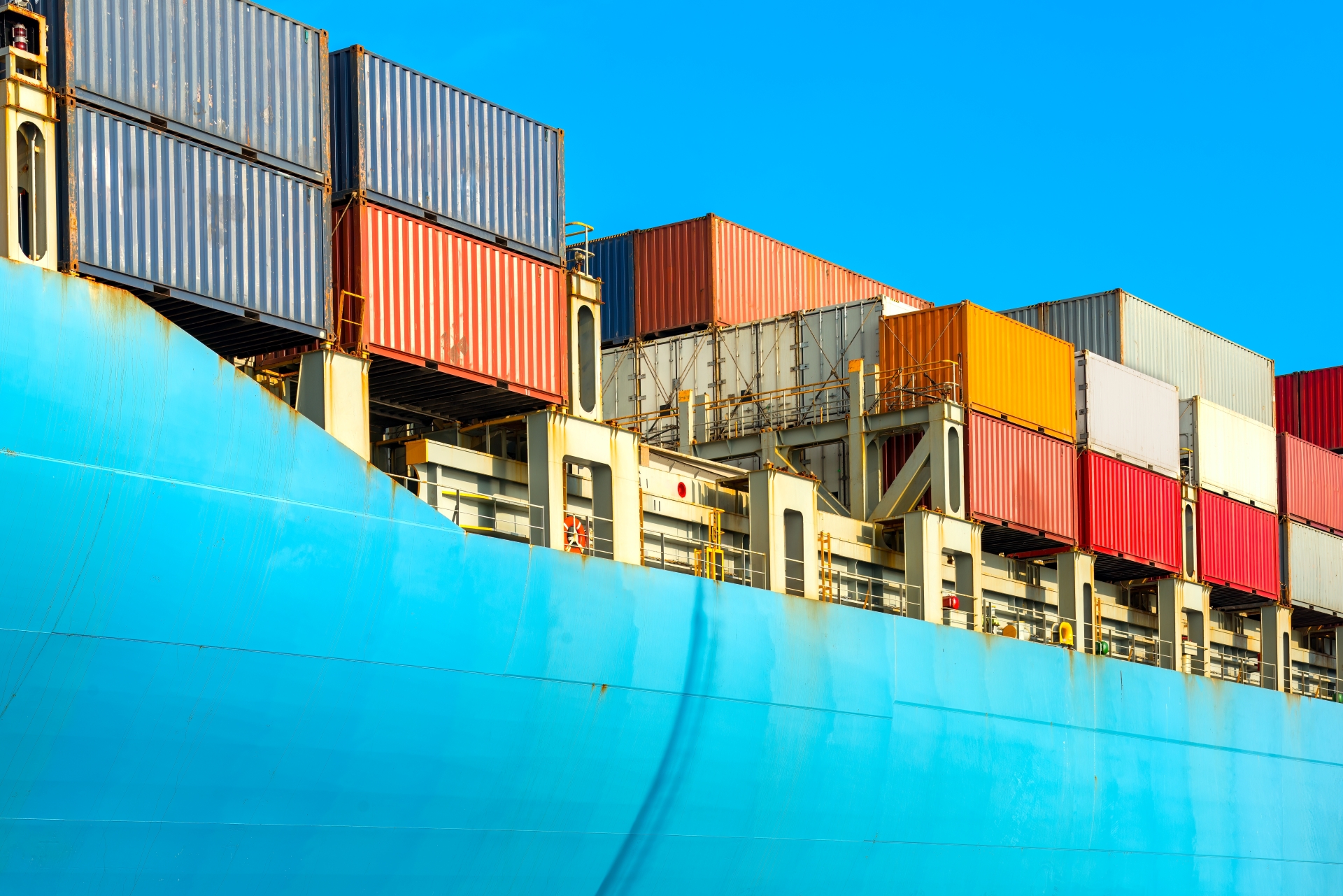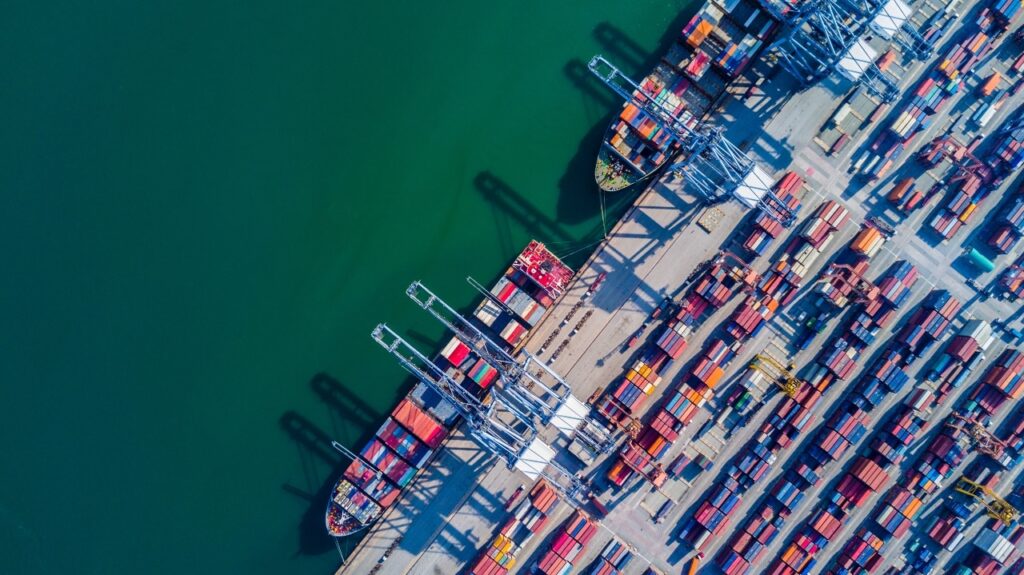In this article, Miguel Angel Bustamante Morales discusses the key differences between the Incoterms® rules, FAS and FOB.
Miguel is an ICC certified trainer on the Incoterms® 2020 Rules and an active participant in the last three revisions of the Incoterms® Rules: 2000, 2010, and 2020.
The views and opinions expressed in this article are those of our authors and do not necessarily reflect the official policy or position of the ICC Academy or ICC.
The Incoterms® rules are international trade terms created by the International Chamber of Commerce (ICC) in 1936. Periodically reviewed, the latest version is Incoterms® 2020.
The rules offer standardised trade terms for sellers and buyers (or exporters and importers), clearly defining key aspects of a goods sale contract – such as the delivery point and the transfer of risk for loss or damage from seller to buyer.
Each of the eleven rules clarifies:
- Which costs the seller and buyer must cover
- Who arranges transportation
- Who provides insurance for the goods, in the case of CIP and CIF
- Who handles export and import formalities
- Who manages packaging, labelling, and certification (e.g. quality or weight)
The rules are abbreviated with three letters, such as EXW, FCA, and FOB. This article focuses on two: FAS and FOB – when to use them and how they differ or overlap.

Incoterms® 2020 Certificate
FAS and FOB
Choosing between FAS or FOB depends on several factors, but both Incoterms® rules share key features:
- Both apply only to sea or inland waterway transport (i.e. port-to-to port shipments).
- Both require the seller to deliver the goods at the designated port of shipment.
- In both, the seller transfers risk of loss or damage to the buyer at the port of shipment.
- In both, the buyer must contract the carrier and pay all port-to-port transport costs.
- Both require the seller to complete any export formalities.
- After delivery and risk transfer at the port, the buyer assumes all costs.
- The buyer is responsible for any import formalities and transit customs clearance.
So, when is it right to use FAS or FOB if both terms have several features in common?
To clarify, let’s take a closer look at each term. We’ll also explore other key insights related to the “F” terms in Incoterms® rules.
Read the article: Incoterms® 2020 vs 2010: What’s changed?
Understanding FAS (Free Alongside Ship)
FAS (Free Alongside Ship) means the seller delivers the goods alongside the vessel nominated by the buyer at the port of shipment. At this delivery point, risk for loss or damage transfers from the seller to the buyer.
The seller is responsible for transporting the goods to the port and completing any export formalities.
From the buyer’s perspective, FAS means taking delivery – and assuming risk – once the goods are placed alongside the vessel. The buyer must notify the seller in time of the vessel’s name and the specific place and point of delivery within the port. Failure to do so – especially if the vessel has closed for cargo – shifts risk and any resulting costs to the buyer from the moment of non-compliance. These consequences are outlined in sub-articles B3 (a) and (b)(i) and (ii); sub-articles B9 (d), (i) and (ii) and article B10 (buyer’s obligations) of Incoterms® 2020.
Under FAS, the buyer must:
- Appoint the carrier and pay freight
- Cover loading costs at the port
- Handle any import formalities and any required transit customs
Important note: When goods are containerised, sellers typically deliver them to a container terminal – not alongside the ship. These containers may remain at the terminal for days before being moved to the vessel. In such cases, the FCA rule (Free Carrier) is more appropriate.
The following image may well illustrate the usage of FAS:
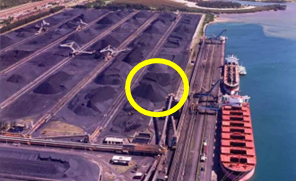
Basic obligations of the buyer and seller under FAS
- The seller must deliver the goods to the carrier designated and contracted by the buyer at the agreed port of shipment, within the agreed date or period.
- The seller must place the goods alongside the nominated vessel at the port, within the agreed timeframe, and inform the buyer.
- The buyer must take delivery at the designated place and point within the port as communicated to the seller. If the buyer fails to specify, the seller may choose a suitable delivery point.
- Risk of loss or damage transfers to the buyer once delivery alongside the ship occurs and the buyer has been informed.
- Although not responsible for contracting the carrier, the seller must assist the buyer with information buyer needs for arranging carriage – including transport-related security requirements – at buyer’s risk and cost. (This assistance applies across all E and F group Incoterms® rules)
- The seller must complete any export formalities.
- The seller must promptly notify the buyer when goods are delivered or if the vessel fails to take delivery within the agreed period.
- The buyer must contract the carrier, pay port-to-port transportation costs, and cover any further transport after arrival at the destination port.
- The buyer must complete any import and, if necessary, transit customs formalities.
When do you use FAS?
FAS is used when:
- The seller agrees to deliver the goods alongside the vessel at the port of shipment.
- The goods are suited for delivery alongside the ship – typically bulk cargo like minerals, petrochemicals, crude oil, refined oil, gas, cement, steel, grains and vehicles (e.g. cars and trucks).
- The buyer accepts taking delivery alongside the ship, without the goods being loaded onboard.
- The buyer understands they must pay the cost of loading the goods onto the vessel at the port of shipment.
- The buyer contracts the carrier and pays all transportation costs.
- The seller agrees to complete any export formalities.
- The buyer accepts responsibility for any import formalities and any customs procedures in transit countries.
Understanding FOB (Free on Board)
FOB (Free on Board) means the seller delivers the goods loaded on board the vessel nominated by the buyer at the port of shipment. At this delivery point, the risk of loss or damage transfers to the buyer.
The seller is responsible for:
- Transporting the goods from their premises to the port of shipment
- Loading the goods on board the buyer-nominated vessel
- Completing any export formalities
From the buyer’s perspective, FOB means taking delivery – and assuming risk – once the goods are loaded onto the designated vessel, within the agreed timeframe. The buyer must inform the seller, in time of:
- The vessel’s name
- The specific loading place and point within the port
Important note for FOB: While the seller is obligated to load the goods on board the vessel at the agreed port and time, the buyer must inform the seller, in a timely manner, of the specific place and point within the port, and the vessel’s name, as stated in article B10 of Incoterms® 2020.
If the buyer fails to do so, and the goods cannot be loaded as a result, the seller is no longer responsible for any loss or damage – the risk transfers to the buyer, per sub-article B3(a) of FOB Incoterms® 2020. The same applies to additional costs, as stated in sub-articles B9 (d)(i).
Likewise, if the seller cannot load the goods on board at the agreed time because no vessel is available and the nominated ship is delayed by days or weeks, the buyer bears the risk and cost of storage at the port until the vessel arrives. This is based on sub-articles B3(a), (b)(i)-(ii), and B9(d)(i)-(ii) of FOB Incoterms® 2020.
A third scenario arises when the buyer gives late notice about the vessel, and the ship’s master closes for cargo earlier than the notified time. In this case. Although the goods are not yet loaded, risks and costs still pass to the buyer – as per sub-articles B3(a) and (b)(i)-(ii), and B9(d)(i)-(ii).
FOB requires the buyer to:
- Designate the carrier
- Establish a transport contract
- Pay freight to the port of destination.
FOB also means the buyer must handle any import customs formalities and, if needed, transit customs in other countries.
Important note: If the goods are containerised, the seller typically delivers them to the container terminal, not on board the vessel. Containers may stay at the terminal for several days before loading. In such cases. FCA (Free Carrier) is the more appropriate Incoterms® rule.
The image below illustrates the usage of FOB:
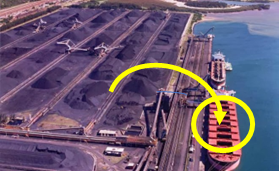
Basic obligations of the buyer and seller under FOB
- The seller must deliver the goods, loaded on board the buyer-designated vessel, at the designated port of shipment, within the agreed date or period.
- For the seller to fulfil obligation 1, the buyer must inform the seller, in a timely manner, of the specific place and point of delivery at the port and name of the vessel.
- The seller must deliver the goods as stated in point 1, on the agreed date or period in the sales contract and inform the buyer accordingly to enable delivery.
- The seller transfers the risk of loss or damage to the goods once obligations 1, 2 and 3 are fulfilled.
- Although the seller is not responsible for contracting the carrier, they must assist the buyer with any information in seller’s possession – including any transport-related security requirements – that buyer needs to arrange carriage, at buyer’s risk and cost. (This assistance is required under all Incoterms® rules of groups E and F).
- The seller must carry out any export formalities.
- The seller must provide timely notice to the buyer either that the goods have been delivered or that the vessel has failed to take delivery within the agreed period.
- The buyer must take delivery of the goods on board the vessel at the port of shipment, subject to the exceptions described above and in the sub-article B3 of FOB Incoterms® 2020.
- The buyer must contract the carrier and pay the transportation costs.
- The buyer must carry out any import formalities and, if applicable, customs procedures in any transit countries.
When do you use FOB?
FOB is used when:
- The seller agrees to deliver the goods loaded on board the vessel at the port of shipment.
- The goods are suitable for delivery directly onto the vessel, typically bulk cargo such as minerals, petrochemical products, crude oil, refined oil, gas, cement, steel, grains and brand-new vehicles. However, if the goods are containerised, it is recommended that the parties use the FCA rule, as indicated above.
- The buyer is willing to take delivery of the goods on board the vessel subject to the exceptions established in sub-articles B3(a), (b)(i)-(ii), and sub-articles B9 (d), (i)-(ii) of FOB Incoterms® 2020.
- The buyer understands they must contract the carrier and pay all transportation costs.
- The seller accepts responsibility for completing any export formalities.
- The buyer accepts the responsibility for completing any import formalities (and any transit customs, if applicable).
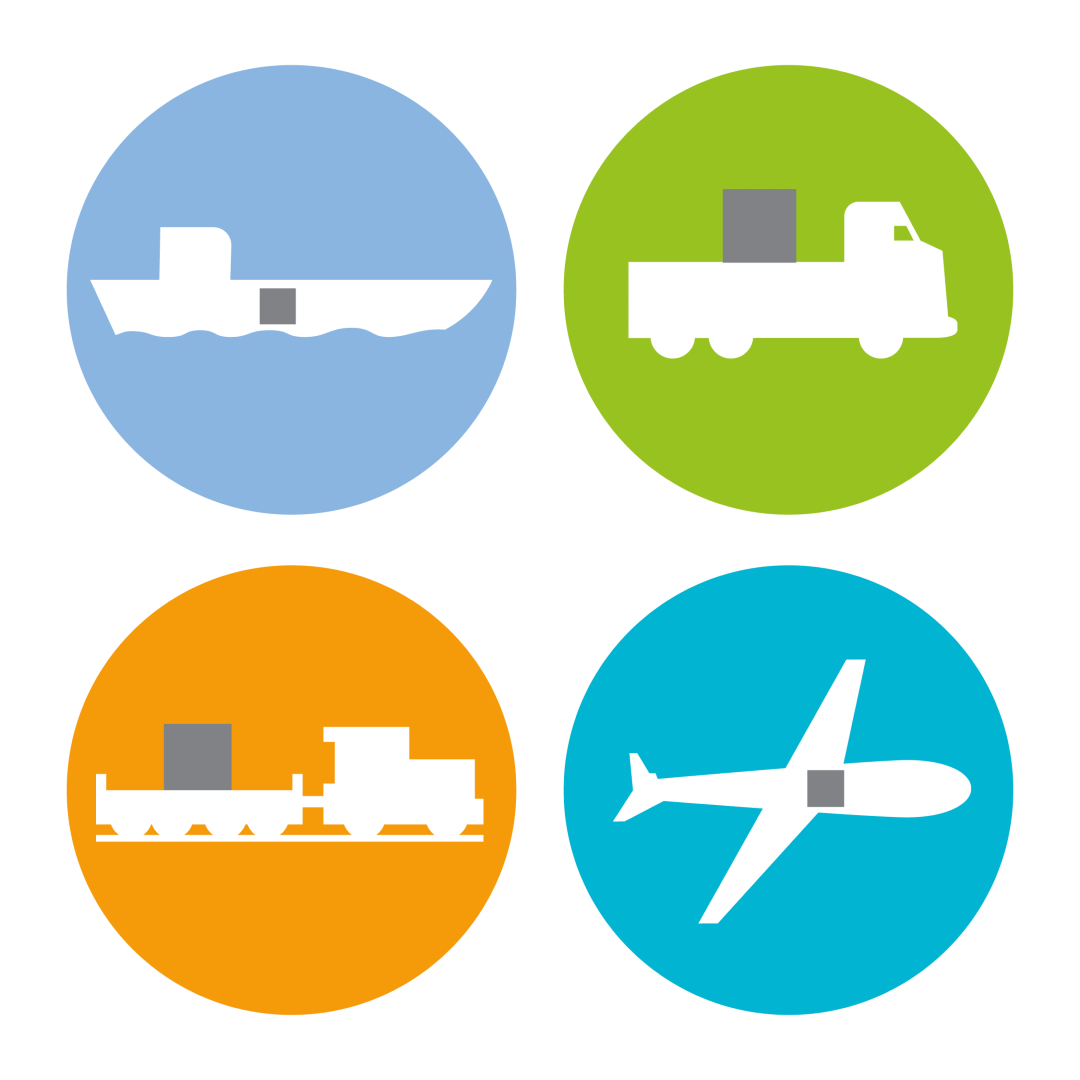
ICC Handbook on Transport and the Incoterms® 2020 Rules
Comparative analysis of FAS and FOB
Based on the above on FAS and FOB, the comparative analysis shows us that the basic – yet highly relevant – difference between these two Incoterms® rules lies in how delivery at the port of shipment is performed:
- FAS requires the seller to deliver the goods alongside the ship (not loaded on board) at the agreed place and point within the port, as timely notified by the buyer, including the vessel’s name.
- FOB requires the seller to load the goods on board the vessel at the specific place and point in the port of shipment, also timely notified by the buyer, including the vessel’s name.
In other words, under FAS, the seller’s responsibility ends once the goods are placed alongside the ship. Under FOB, the seller’s responsibility continues until the goods are loaded on board.
Use cases
FAS case study: Best quality cement (BCC) and XYZ Importer
Best Quality Cement (BCC), a white cement supplier based in Monterrey, Mexico, entered into a sales agreement with XYZ Importer, a buyer located in Indonesia. Under the delivery terms clause, the contract specified:
- 100,000 tons of white cement powder in bulk, FAS Manzanillo, Colima, Mexico, Incoterms® 2020.
- Delivery period: February 15-28, 2025, in one single shipment.
BCC produced the 100,000 tons of cement and transported it by train from its factory in Monterrey to the designated port of shipment, Manzanillo, Colima. BCC assumed all costs and risks during the rail transportation. Upon arrival, BCC cleared the cargo for export and had the cement ready for loading alongside the vessel at Manzanillo Port on February 20, 2025.
Meanwhile, the buyer, XYZ Importer, provided timely notice to BCC, informing them of:
- The specific place and point of delivery at the port
- The name of the vessel designated for loading
With this information, BCC had delivered the goods alongside the vessel, as required under FAS terms. At this point, delivery was completed, and risk transferred from seller to buyer according to the contract and Incoterms® 2020.
Following successful delivery, XYZ Importer proceeded to pay BCC the agreed price using the payment method specified in the sales contract, honouring the payment terms fully and promptly.
Prior to shipment, XYZ Importer had:
- Contracted the carrier for the port-to-port shipment
- Paid for the loading of the goods onto the vessel
- Assumed responsibility for all subsequent transportation costs
Upon arrival of the cement shipment at Tanjung Priok Port, in North Jakarta, Indonesia, XYZ Importer completed the import formalities and arranged for additional transportation to the final destination in Indonesia.
FOB case study: BEC and Buyer in Peru
BEC, a Chinese manufacturer of brand-new electric SUVs, entered into a sales agreement on October 15, 2024, with a buyer in Peru. The contract specified:
120 SUV vehicles, FOB Shanghai, China, Incoterms® 2020, in one single shipment, with the last shipment date set as February 14, 2025.
The contract also defined the agreed pricing, payment method, and delivery terms.
BEC manufactured the SUV vehicles and by February 14, 2025, had them ready to be loaded at the Port of Shanghai, having completed all export formalities. This confirmed that the seller had fulfilled its contractual obligations under the sale.
However, on February 14, 2025, the carrier – contracted by the buyer – informed the buyer of an unexpected vessel delay. The vessel would not be arriving at the Port of Shanghai until March 10, 2025. The buyer immediately notified BEC of the situation.
Acting in accordance with sub-article B3(b) of FOB, Incoterms® 2020, BEC informed the buyer that the risk of loss or damage had now transferred to the buyer. Since the vessel failed to arrive within the agreed delivery window, responsibility for the goods passed to the buyer as of February 14, 2025.
As a result of the delay, the buyer also became responsible for additional costs related to the storage of the vehicles at the port. This allocation of costs was based on sub-article B9 (d)(ii) of FOB, Incoterms® 2020.
Although the vehicles were not loaded on board within the agreed timeframe, the seller requested payment for the goods, and the buyer accepted and honoured the payment terms.
Fortunately, the vehicles suffered no damage while in storage. When the vessel finally arrived on March 10, 2025, the cars were loaded onto the ship. As required under FOB terms, the seller had already paid the loading costs, so no additional payment was needed from the buyer for this part of the process.
Upon arrival at the destination port in Peru, the buyer completed the import customs clearance and arranged for the final delivery of the vehicles to their destination.
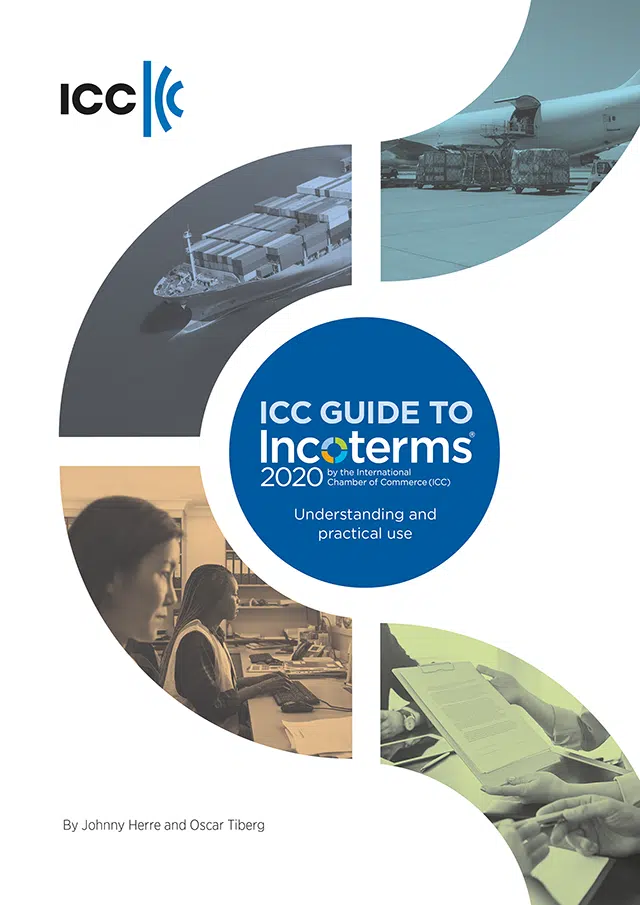
Incoterms® 2020 English
Choosing the right Incoterms® rule
There is no absolute “right or wrong” Incoterms® rule, only the appropriate one for each transaction.
Whether choosing FAS or FOB, both the seller and buyer, by reviewing and analysing the information above – together with insights ICC Academy courses and certifications based on Incoterms® 2020, publication 723 – will be well-equipped to make informed decisions.

